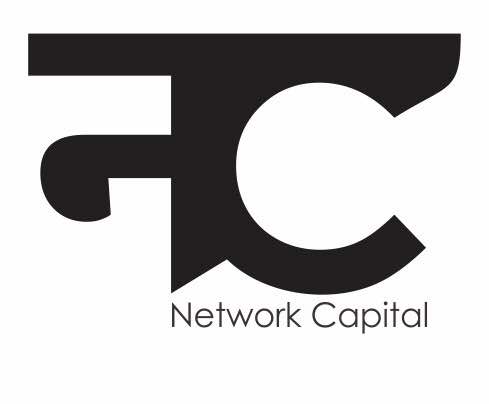The term ‘woozle’ comes from A. A. Milnes’s Winnie the Pooh. It is based on Pooh and Pigglet’s adventurous search of the ‘woozle’—a rare and imaginary animal. It starts with Pigglet and Pooh coming across footprints left on the snow. They believe that the footprints belong to ‘woozle’ and decide to embark on a scavenger hunt to find the imaginary animal. As they proceed with their hunt, they create new footprints which they then follow. It is finally when Cristopher Robin intervenes that they realize that had been following their own footprints in circles.
Urban-myths and evidence-by-citation are important examples of the Woozle Effect. Like the footprints, pieces of information and research randomly appear in public discourse and on the internet. And before we realize, they snowball into complex webs of citations building upon one-another.
It is also important to note that unlike the unintentional footprints, the Woozle Effect is a deliberate and premeditated phenomenon in modernsocietyandpolitics.Contemporarypoliticsfromacrossthe public spectrum has mastered the craft of creating a ‘woozle’ that would be effortlessly accepted by the public with verification.
The Woozle Effect drastically increases the usage and responsi- bility of the fact and source checking mechanism. It also gener- ates the need for personal diligence before believing and using any information.

